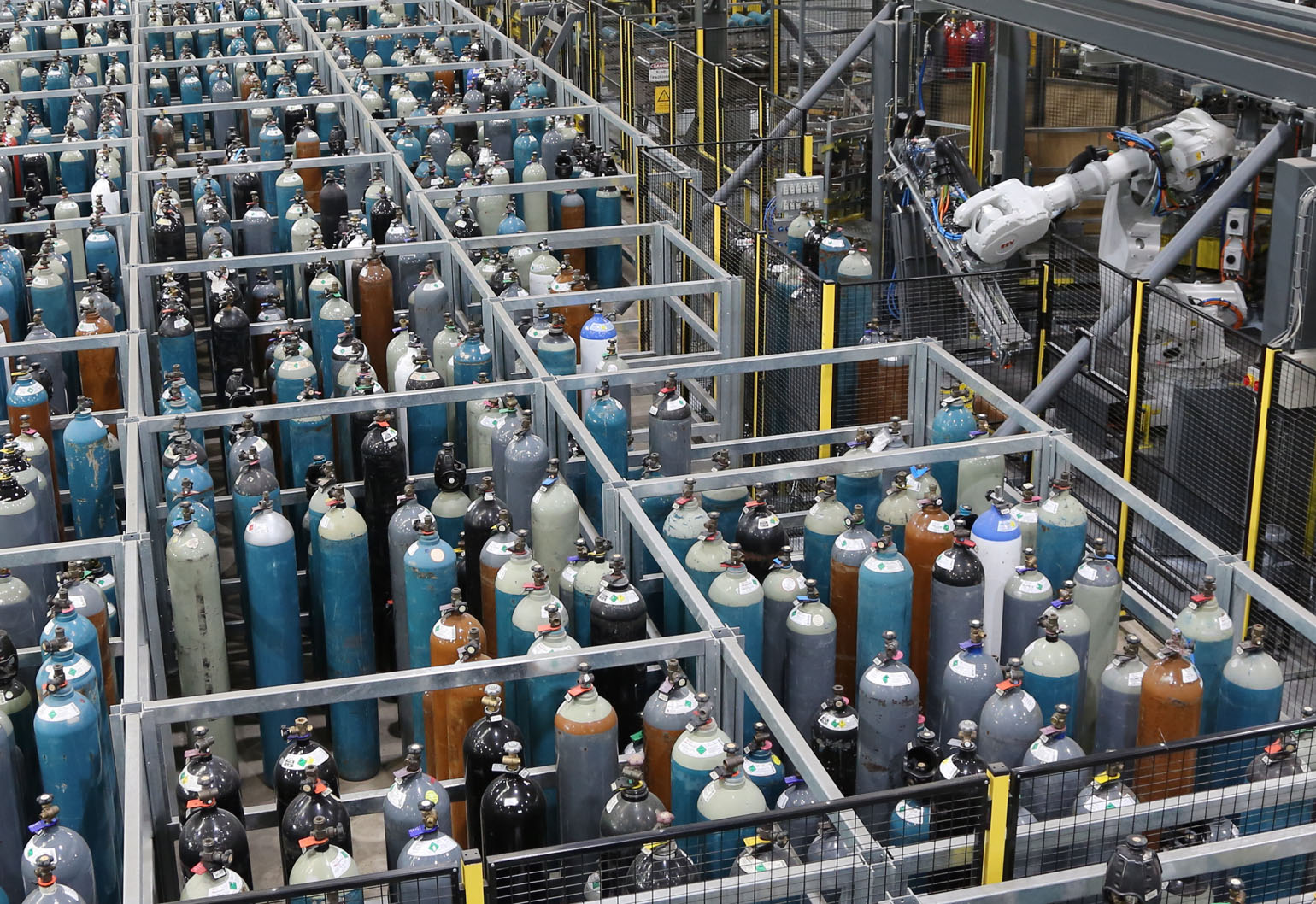American engineers have demonstrated a new phase of matter called quadrupole topological insulators (QTI) which have properties that could open up new possibilities for future computers.
Mechanical science and engineering professor Gaurav Bahl from the University of Illinois at Urbana-Champaign (UIUC) said topological insulators are electrical insulators on the inside and conductors along their boundaries, and may hold great potential for helping build low-power, robust computers and devices, all defined at the atomic scale.
It was predicted theoretically that some of these TIs could have an electrical property known as a quadrupole moment. Because electrons can carry charge in a material, they allow the material to have a bipolar nature with a positive and negative charge. A quadropole is a higher order class of material, in which two positive and two negative charges are coupled.
The UIUC team emulated a workable-scale analogue of a QTI using a material created from printed circuit boards. Each circuit board holds a square of four identical resonators – devices that absorb electromagnetic radiation at a specific frequency. The boards are arranged in a grid pattern to create the full crystal analogue.
Each resonator behaves as an atom, and the connections between them behave as bonds between atoms. By applying microwave radiation to the system and measuring how much is absorbed by each resonator, they deduce how electrons would behave in an analogous crystal. The detail that makes this a QTI and not a TI is a result of the specifics of the connections between resonators.
“The edges of a QTI are not conductive like you would see in a typical TI,” Bahl said, “Instead only the corners are active, that is, the edges of the edges, and are analogous to the four localised point charges that would form what is known as a quadrupole moment.”
These corner charges may be capable of storing data for communications and computing.
“That may not seem realistic using our ‘human scale’ model,” said physics professor Taylor Hughes.
“However, when we think of QTIs on the atomic scale, tremendous possibilities become apparent for devices that perform computation and information processing, possibly even at scales below that we can achieve today.”
They said the agreement between experiment and prediction offered promise that they are beginning to understand the physics of QTIs well enough for practical use.



